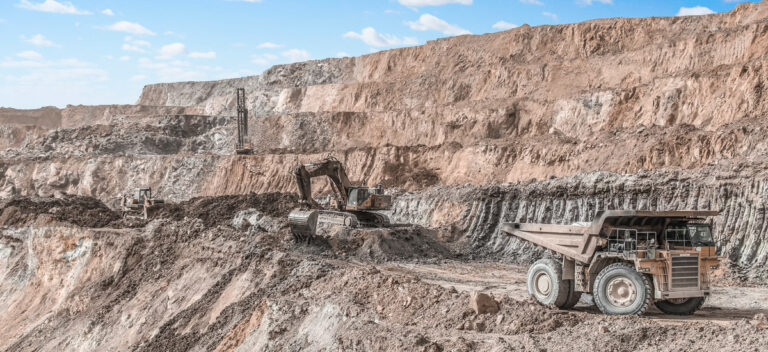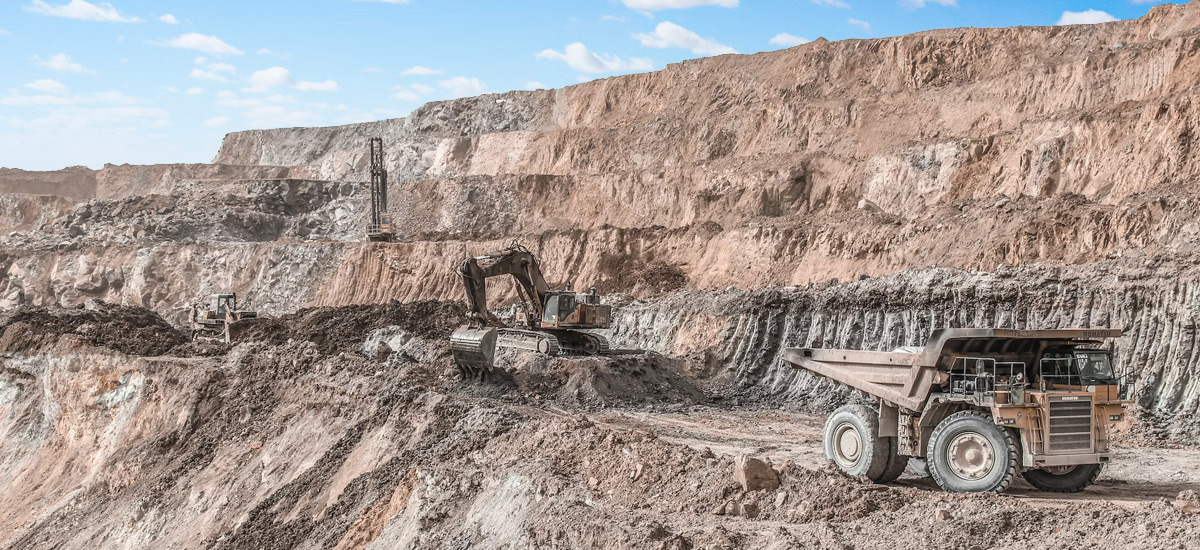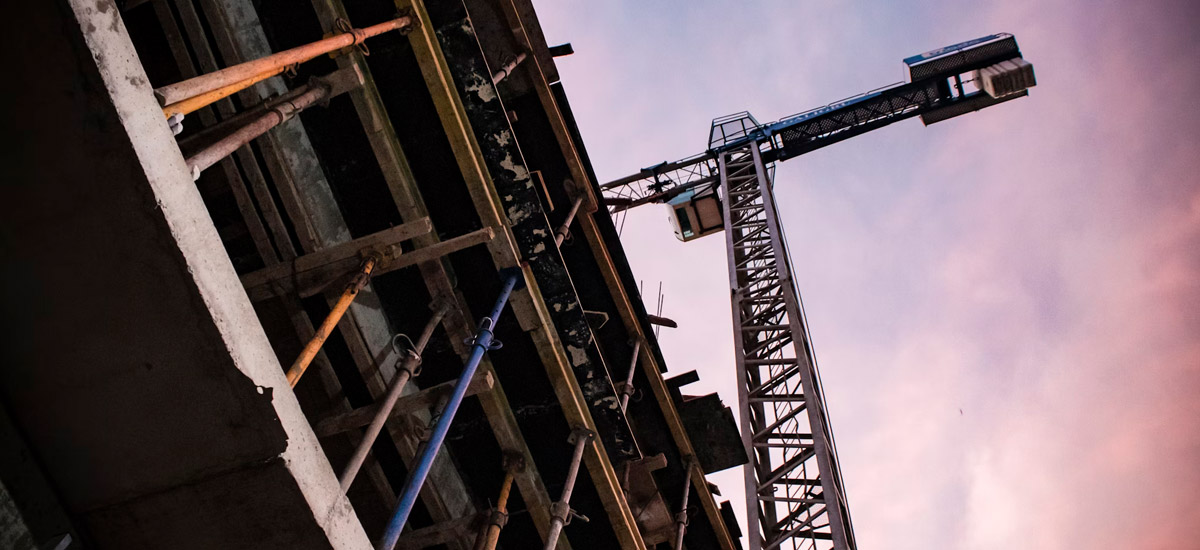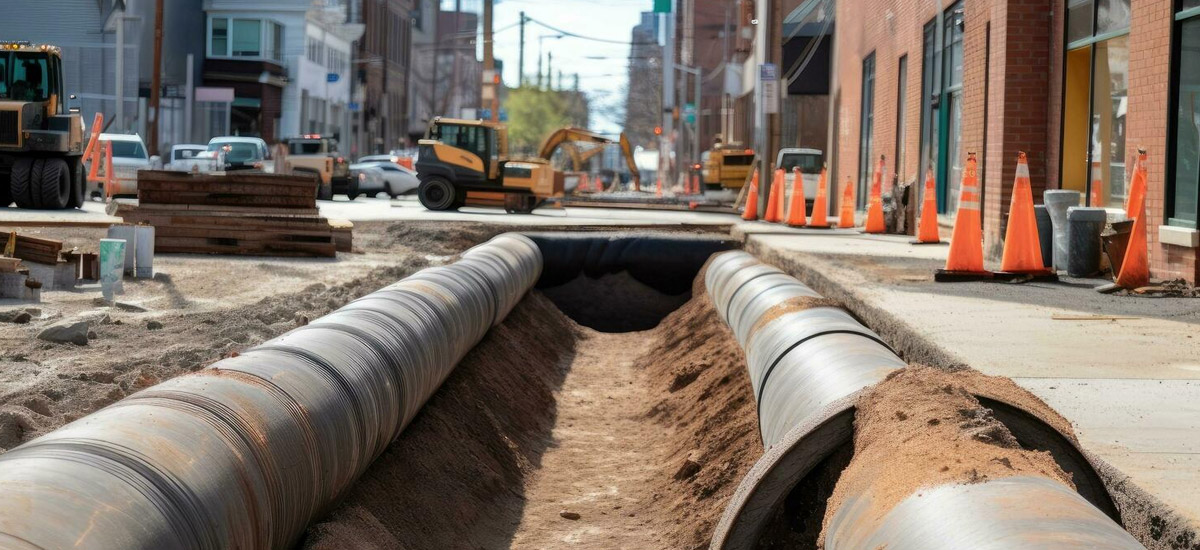Mining, a foundational pillar of modern civilization, encompasses more than extracting Earth’s treasures. It’s a balance of benefiting from our planet’s resources while ensuring its restoration and protection. So, what is the role of surety bonds in the mining industry?
This is what we’ll discover in this article, specifically reclamation bonds, serving as the bedrock of our commitment to keep the Earth clean.
The Historical Evolution of Surety Bonds in Mining
The concept of surety bonds in the mining industry isn’t novel. As mining expanded in the 19th and 20th centuries, so did the environmental consequences. Over time, recognizing the potential irreversible damage to our planet, authorities began mandating financial instruments to ensure reparation.
Early bonds were rudimentary, often failing to cover the vast expanse of damages. As awareness grew, so did the intricacies and comprehensiveness of these bonds, evolving them into the robust instruments they are today. This evolution was driven by the increasing realization of the environmental impact of mining activities and the need for accountability.
In the eyes of mining businesses, surety bonds can serve as a mechanism for fulfilling environmental obligations, while not tying up the same amount of capital as a letter of credit.
The Essence of Bonding in the Mining Industry
At its core, a surety bond is a three-party commitment involving the principal (the mining company), the obligee (usually a governmental body), and the surety underwriter (insurance company).
Each has a distinct role, collectively ensuring the fulfillment of set contractual obligations and the financial guarantees involved. This agreement is essential to ensure that all parties involved are held accountable and that the environment is protected without risk of bankruptcy or utilizing tax payer dollars.
The Underwriting Process Detailed
Obtaining a bond isn’t typically a simple transaction. It’s a rigorous assessment of the mining company’s credibility. This involves:
- Financial Evaluation: A comprehensive analysis of the company’s assets, liabilities, and liquidity. This ensures that the company has the financial capacity to meet its obligations.
- Operational History: An in-depth look into past projects, their successes, and failures. This provides insights into the company’s track record and reliability.
- Environmental Impact Analysis: A detailed projection of potential damages and restoration costs. This is crucial to understand the potential environmental impact of the mining activities.
Each bonding underwriter may have slightly different application requirements as well as risk tolerance philosophies. Our role as your broker is to align your bonding requirements with a surety company that matches risk appetite and operational lenience.
Don’t hesitate to contact us if you have any questions about reclamation bonds, or other guarantee financial instruments in mining.
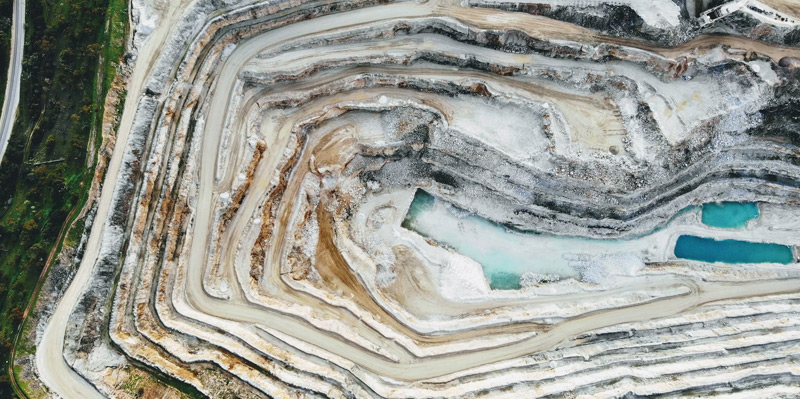
Reclamation Bonds: Earth's Guardian Angel
Mines, once teeming with activity, can turn into hazardous wastelands. Reclamation bonds ensure these sites return as close as possible to their natural state, making them conducive for ecology and local communities.
They are guarantees typically issued in favor of Government entities. In most Canadian regions, they are considered an acceptable security that a surety company is willing to provide a financial guarantee for environmental hazards and remuneration during and after mining operations. Guarantees like this are a staple for mining sustainability.
Setting Bond Values
Arriving at the appropriate bond value is ultimately the responsibility of the entity requesting the financial obligation. Each specific region’s government body will likely factor in:
- Environmental Impact Analysis: A thorough assessment predicting potential damages.
- Technique Assessment: Evaluating different mining techniques and their varied environmental risks.
- Local Land Valuation: Ensuring the bond covers restoration to local land value standards.
Expert Insights: The Signficance of Reclamation Bonds
Reclamation bonds play a crucial role in the mining industry. They are not merely financial instruments but represent a mining company’s dedication to environmental responsibility. By securing a reclamation bond, a company signifies its intention to not only extract resources but also to ensure that the land is restored post-mining.
Experienced miners emphasize the importance of these bonds in promoting responsible mining practices. The bonds serve as a constant reminder that the land’s purpose extends beyond resource extraction. Once mining activities conclude, it’s imperative to rehabilitate the area, ensuring it remains a safe habitat for the local flora and fauna.
Case Studies of Surety Bonds for Mining in Action
- The Alberta Oil Sands: Once criticized for vast environmental degradation, the mandatory reclamation bonds have led to several successful restoration projects in the region. These projects serve as a testament to the effectiveness of a product like reclamation bonds in ensuring environmental restoration.
- A Gold Mine in Nevada: A project that faltered financially but, thanks to a robust surety bond, saw the land restored by the surety company, turning potential wastelands into thriving grasslands.
Get in touch with a Reclamation Bond professional
Reclamation Bonds vs. Letters of Credit - Freeing Up Capital
One of the significant advantages of utilizing reclamation bonds over traditional financial instruments like letters of credit is the liberation of capital. Letters of credit, while serving as a guarantee, tie up a company’s capital, rendering it idle. This can be particularly restrictive for mining corporations, where liquidity is often crucial for operational and expansion activities.
Reclamation bonds, on the other hand, act as a form of unsecured credit. They provide the necessary financial assurance without immobilizing a company’s funds. This means that mining corporations can maintain better cash flow, invest in new projects, and respond more agilely to market demands.
Junior vs. Established Mining Businesses
The distinction between junior and established mining companies further underscores the importance of this flexibility. Junior mining companies, often in the exploration phase, operate with limited capital. For them, every dollar counts, and the ability to free up capital that would otherwise be tied up in letters of credit can be a game-changer.
It allows them to invest more in exploration and other critical activities, potentially accelerating their transition from a junior to an established entity. It’s important to note that reclamation surety bonds may be difficult to obtain for junior miners with no parent company or significant financial backing.
Established mining businesses, with more substantial operations and capital, also benefit from the flexibility offered by reclamation bonds. With larger-scale projects and more significant financial commitments, having access to as much liquid capital as possible can be crucial for both ongoing operations and future expansions.
Other Types of Bonds in Mining
While reclamation bonds are the most common, other surety bonds also play pivotal roles in different mining operations:
- Performance Bonds: These ensure project completion, crucial for projects like transmission lines to remote mining sites.
- Labour and Material Payment Bonds: Mining’s vastness means numerous sub-contractors and suppliers are involved in each project. These bonds ensure they’re duly compensated by the principal contractor placing an L&M Payment Bond.
- License and Permit Bonds: Mining without boundaries could be disastrous. Depending on the region, these bonds can ensure adherence to local and national regulations, preserving both the environment and community interests.
Any sort of construction bonds in general may be useful for mining financial obligations. Depending on your project.
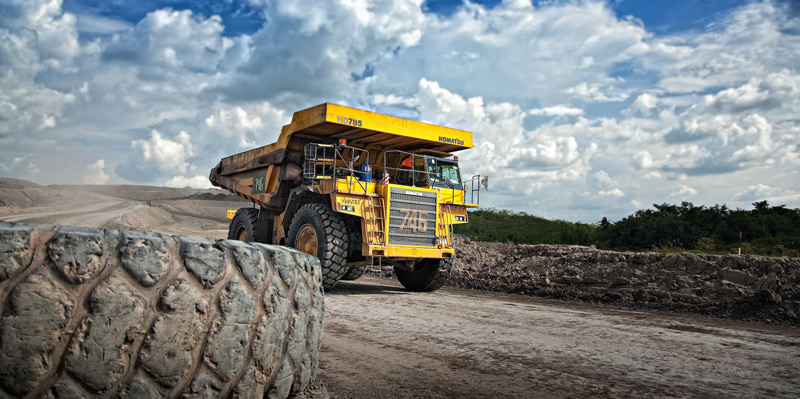
Wider Implications of Surety Bonds
An overview of bonding in general include benefits such as:
- Economic Stability: Surety bonds are economic cushions. Even if a mining company falters, the surety ensures financial stability.
- Enhanced Community Trust: Bonds translate to commitment. Communities feel secure knowing there’s a financial guarantee backing a company’s promises.
- Corporate Image Boost: In today’s eco-conscious world, a mining company’s image is intertwined with its environmental commitment. Surety bonds enhance this image, signaling a dedication to sustainable mining.
If you’d like to learn more about what it takes to be bonded, check out our article on bondable meaning in Canada; this concept can also apply to obligations internationally, like in the United States.
Mining Surety Bond FAQ
Q: How much do reclamation bonds cost?
A: The cost of a reclamation bond varies based on numerous factors, including the size and type of the mining operation, financial position of the principal, potential environmental impact, and the assessed risk by the surety company.
Typically, the bond premium is a percentage of the bond amount, which can range from 1% to 5% or more, depending on the specifics of the mining project and the financial strength of the mining company.
___
Q: What does the application process for a reclamation bond look like?
A: The application process for a reclamation bond involves several steps:
- Initial Assessment: The mining company provides details about the mining project, including its size, type, and projected environmental impact.
- Financial Evaluation: The surety company assesses the financial strength of the mining company, looking at assets, liabilities, and liquidity.
- Operational Review: Past mining projects, their successes, and failures are evaluated to determine the company’s track record.
- Environmental Impact Analysis: A detailed projection of potential damages and restoration costs is conducted.
- Bond Issuance: Once approved, the bond is issued, and the mining company pays the bond premium.
___
Q: What types of mines require reclamation bonds?
A: Reclamation bonds are typically required for all types of mines, including but not limited to:
- Open-pit mines
- Underground mines
- Placer mines
- Quarry mines
- Heap leach operations
The specific requirement for a reclamation bond depends on the potential environmental impact of the operation and the regulations of the jurisdiction in which the mine operates.
___
Q: Are reclamation bonds mandatory for all mining operations?
A: While the exact regulations vary by country and region, many jurisdictions mandate reclamation bonds, especially for large-scale mining operations. The primary goal is to ensure that mining companies take responsibility for restoring the land after mining activities conclude.
___
Q: How do reclamation bonds differ from other types of surety bonds in the mining industry?
A: Reclamation bonds specifically focus on ensuring that mining sites are restored to their natural state or a predetermined condition after mining activities are completed. Other types of surety bonds, like performance bonds or L&M payment bonds, have different purposes, such as guaranteeing project completion or ensuring suppliers are paid.
___
Q: Can a mining company get its bond premium back?
A: The bond premium is the fee paid for the bond’s issuance and is typically non-refundable. However, once the mining company fulfills its obligations and the bond is released by the obligee, the company is no longer liable under the bond.
___
Q: What happens if a mining company fails to meet its reclamation obligations?
A: If a mining company fails to meet its reclamation obligations, the surety company can be called upon to fulfill the bond’s terms. This might involve the surety company financing the reclamation activities or hiring other contractors to complete the necessary work.

Next steps for surety bonds in the mining industry
The mining industry’s vastness carries with it immense responsibilities. As we continue our journey, extracting Earth’s treasures, surety bonds stand as silent sentinels. They ensure that the benefits we reap today don’t mortgage our future. They truly are the unseen pillars, silently holding the industry to a gold standard of care and restoration.
We hope this has clarified the role of surety bonds in the mining industry for you. If you have any questions or would like to discuss your bonding requirements, book a consultation below!



